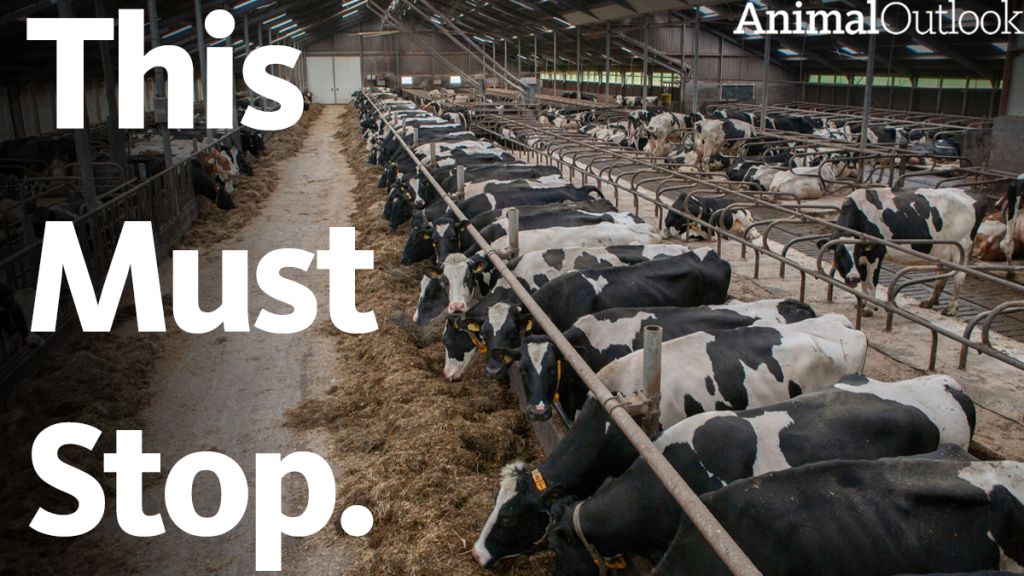In the contemporary era of mass production and consumerism, the time period “Factory farm animal cruelty” has turn out to be synonymous with efficiency and affordability in the food market. However, driving the partitions of these industrialized operations lies a dim reality of animal suffering and cruelty that often goes unseen by the typical customer.
Factory farming, also known as industrial agriculture, is a method of intense animal farming that prioritizes high output and income margins in excess of the effectively-getting of animals. In these amenities, animals are confined to cramped and unsanitary problems, frequently not able to show their organic behaviors or entry appropriate nourishment and veterinary care.
One of the most considerable issues linked with factory farming is the excessive confinement of animals. Pigs, chickens, and cows are regularly housed in overcrowded and barren cages or pens, not able to transfer freely or engage in all-natural behaviors this kind of as foraging or socializing. This confinement not only triggers physical pain and tension but also increases the probability of injuries and illness amid the animals.
Additionally, the use of antibiotics and expansion hormones is common in manufacturing facility farms to advertise fast progress and prevent the unfold of disease in these kinds of crowded circumstances. This overreliance on antibiotics has contributed to the increase of antibiotic-resistant germs, posing a serious risk to general public overall health.
The schedule procedures used in factory farms also inflict enormous suffering on animals. For instance, in the egg sector, male chicks are regarded economically worthless and are often discarded alive by the countless numbers every single day, both by currently being floor up alive or suffocated in plastic luggage. Equally, in the dairy industry, calves are separated from their moms shortly soon after beginning, leading to distress to both the calf and the mother.
Probably a single of the most disturbing aspects of factory farming is the common acceptance of cruel and inhumane treatment of animals as standard market methods. Undercover investigations have unveiled instances of employees kicking, beating, and even sexually abusing animals in these services. Regardless of such egregious acts of cruelty, perpetrators are rarely held accountable due to inadequate oversight and enforcement of animal welfare rules.
The environmental affect of Manufacturing unit farm animal cruelty cannot be overlooked both. The intensive generation of animal squander in these amenities sales opportunities to air pollution of air, water, and soil, contributing to local weather change and ecological degradation. Furthermore, the substantial intake of resources this sort of as h2o and grain to feed livestock even more strains world-wide food techniques and exacerbates problems of food insecurity and inequality.
Despite these grim realities, there is hope for change. Improved customer awareness and demand for ethically sourced and sustainably produced foodstuff products have led to the increase of option farming methods such as organic farming, pasture-raised livestock, and plant-based options to animal goods.
As consumers, we have the electricity to travel optimistic modify in the foods sector by generating informed options and supporting moral and sustainable farming techniques. By choosing to Conservation manufacturing unit-farmed items and advocating for more robust animal welfare rules, we can aid relieve the struggling of millions of animals and create a far more compassionate and sustainable foods technique for long term generations.

